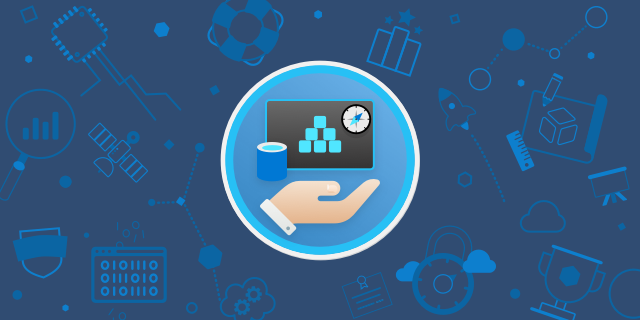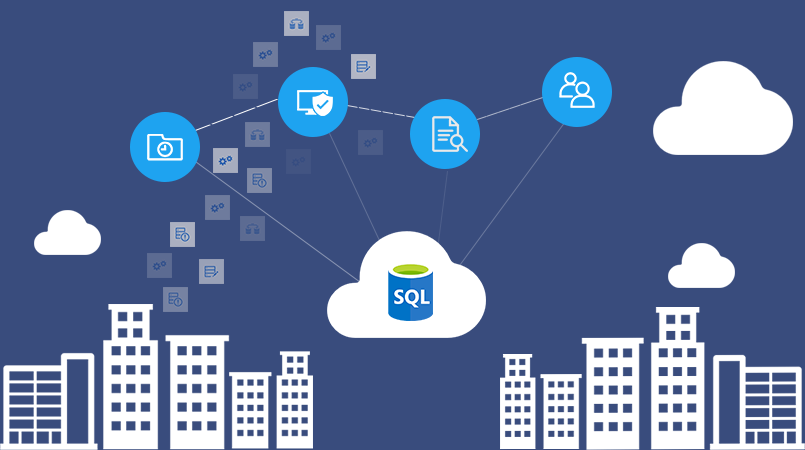Hi Cloud Marathoners!
Welcome to the next blog post (Part 9/12) from the Az-305 series to help you get ready for the AZ-305 exam.
Please, check the previous blog posts listed below, if you landed on this page for the first time 🙂
Table of content (blog series)
- *** Design Identity, Governance, and Monitoring Solutions ***
- Part 1: Design a governance solution
- Part 2: Design Authentication and Authorization Solutions
- Part 3: Design a solution to log and monitor Azure resources
- *** Design Infrastructure Solutions ***
- Part 4: Design a compute solution
- Part 5: Design an application architecture solution
- Part 6: Design a network infrastructure solution
- Part 7: Design a migration solution
- *** Design Data Storage Solutions ****
- Part 8: Design a non-relational data storage solution
- Part 9: Design a data storage solution for relational data
- Part 10: Design a data integration solution
- *** Design Business Continuity Solutions ***
- Part 11: Design a solution for Business Continuity, backup and disaster recovery
- Part 12: Design for high availability
What is a relational data?
A relational data is a set of data that have a certain pre-defined structure. Once this data structure (aka, data schema) is enforced on data then we can start talking about a relational database.
Thus, a relational database (DB) is a collection of data items with some pre-defined relationships. These data items are organized as a set of tables with columns and rows. The tables are used to hold a similar type of information object to be represented in the database.

WHAT is relational data storage in azure?
In Microsoft Azure, relational data could be stored in different forms and shapes. The early approach of storing and running relational databases has been accomplished through Virtual Machine (VM) instances. However, this approach brought a certain operational overhead and required specialized skills within the team to manage those VMs properly.
Nowadays, we could run the relational databases as a managed service (aka, PAAS) in the cloud. In other words, Microsoft Azure helped to offload operational overhead associated with the management of VMs that are assigned to run your database services. All this became possible by the introduction of managed relational Azure Database services like SQL, MySQL, PostgreSQL, and MariaDB.
In this study guide, you will learn about these managed, relational DB services in depth.

Part 9: Design a data storage solution for relational data
The references below are taken from official Microsoft docs and focused on designing Data Storage solutions for Relational data in Azure. You could also find it helpful to check the Microsoft docs and learning paths with [Tutorials] below 😉.
This collection of links is gathered with a focus on the exam objectives of the AZ-305 certification exam.
Elastic pools help you manage and scale multiple databases in Azure SQL Database
DTU-based purchasing model overview
Scale elastic pool resources in Azure SQL Database
Always On availability group on SQL Server on Azure VMs
Transparent data encryption (TDE)
Dynamic Data Masking
Auditing for Azure SQL Database and Azure Synapse Analytics
SQL vulnerability assessment helps you identify database vulnerabilities
[Tutorial] Explore relational data in Azure
[Tutorial] Provision Azure relational database services
[Tutorial] Query relational data in Azure
[Tutorial] Design a data storage solution for relational data
[Tutorial] Provision an Azure SQL database to store application data
[Tutorial]: Manually configure an availability group (SQL Server on Azure VMs)
[Tutorial] Work with relational data in Azure
[Tutorial] Introduction to Azure Database for MySQL
[Tutorial] Introduction to Azure Database for MariaDB
[Tutorial] Create and connect to an Azure Database for PostgreSQL
[Tutorial] Migrate your relational data stored in SQL Server to Azure SQL Database
SUMMARY
Thank you for visiting the AZ-305 Study Guide and checking the Part 9: Design a data storage solution for relational data.
The next blog post will be continuation with Part 10: Design a data integration solution.
